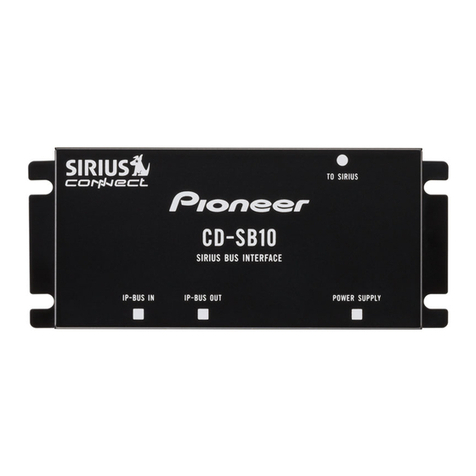Pioneer GR-333 User manual
Other Pioneer Recording Equipment manuals
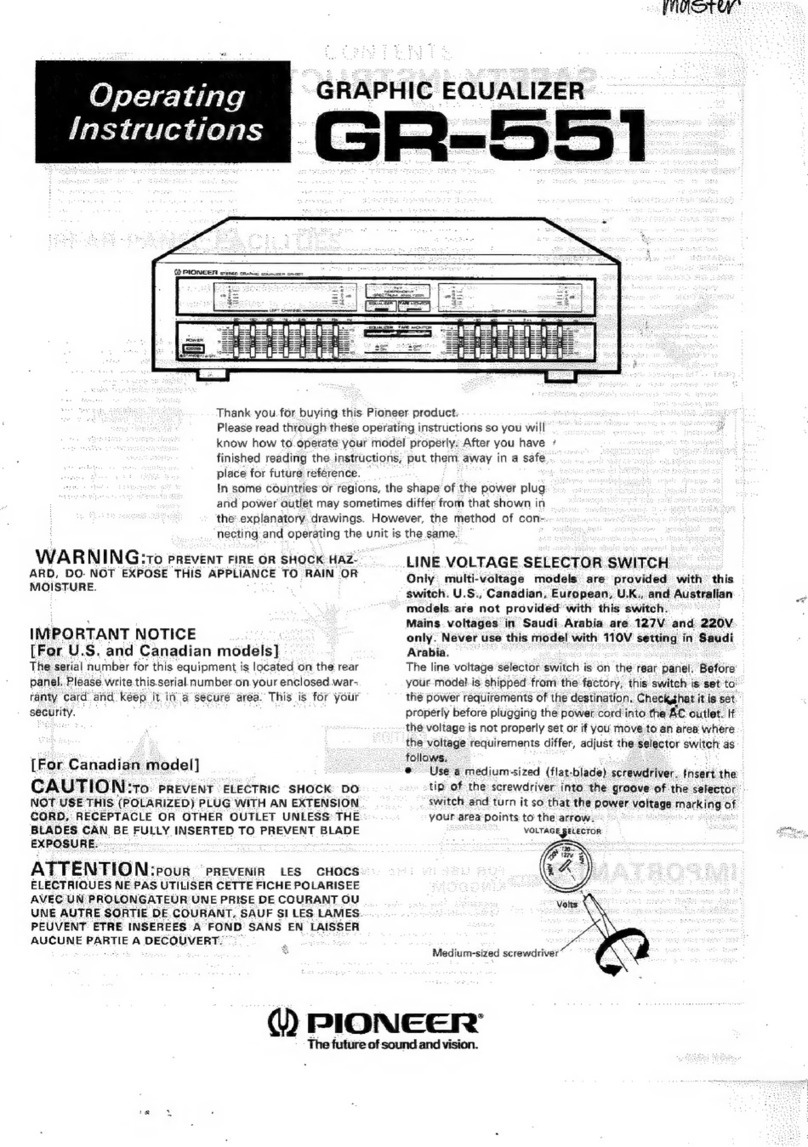
Pioneer
Pioneer GR-551 User manual
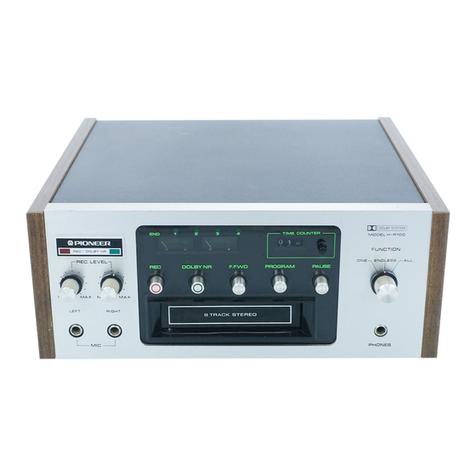
Pioneer
Pioneer H-R100 User manual
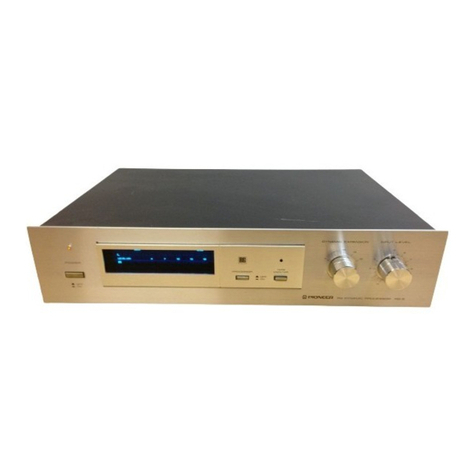
Pioneer
Pioneer RG-2 User manual

Pioneer
Pioneer PDR-W739 User manual

Pioneer
Pioneer DRM-ULV16 User manual

Pioneer
Pioneer DC-777Z User manual
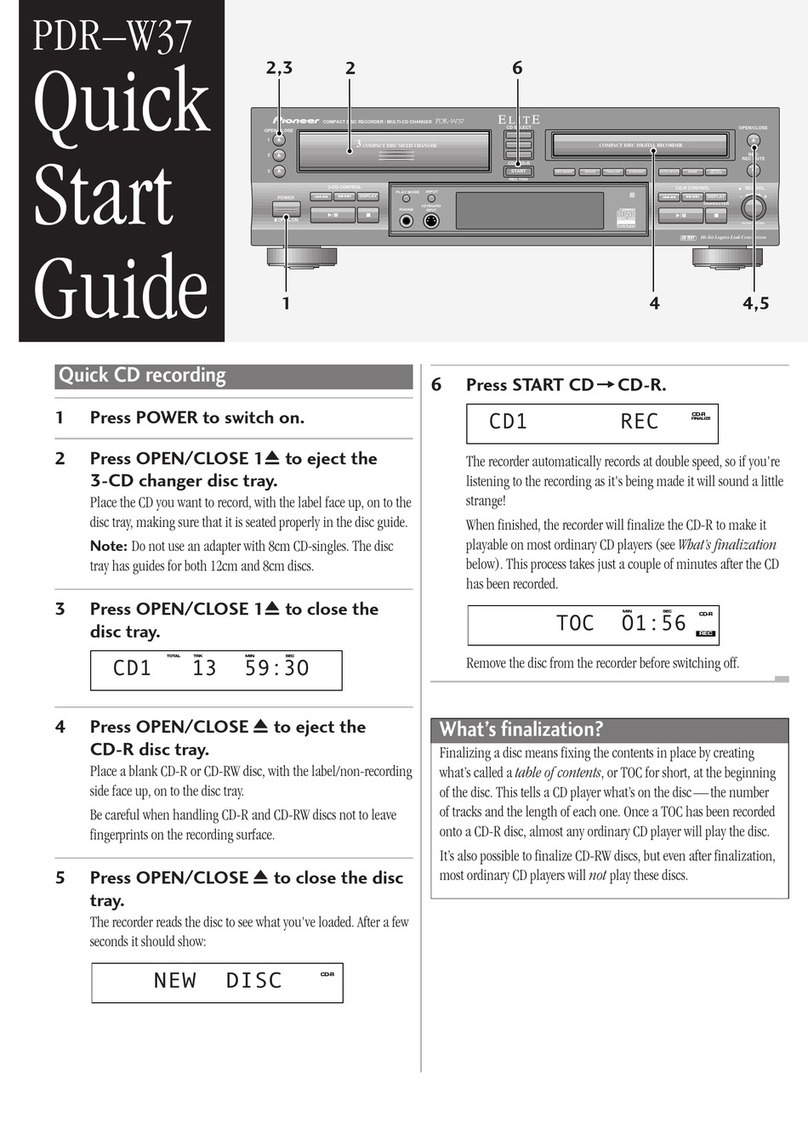
Pioneer
Pioneer PDR-W37 Elite User manual
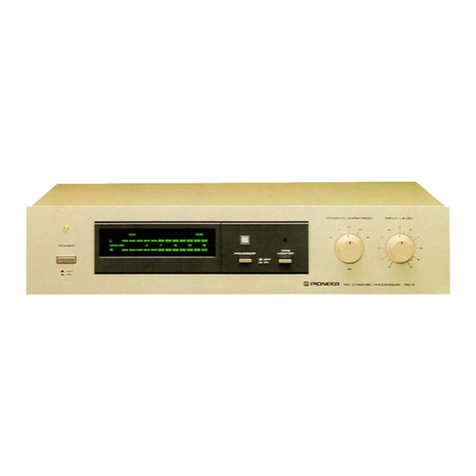
Pioneer
Pioneer RG-9 User manual

Pioneer
Pioneer PDR-609 User manual
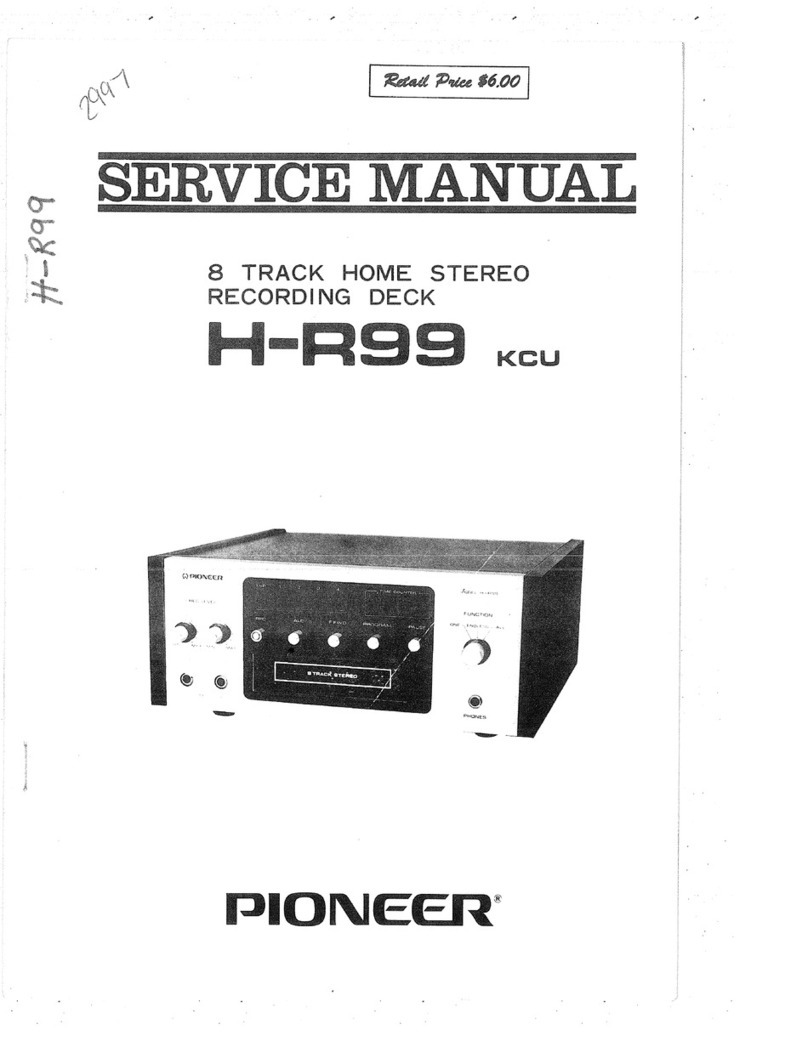
Pioneer
Pioneer H-R99 KCU User manual

Pioneer
Pioneer PDR-W839 User manual

Pioneer
Pioneer H-R100 User manual
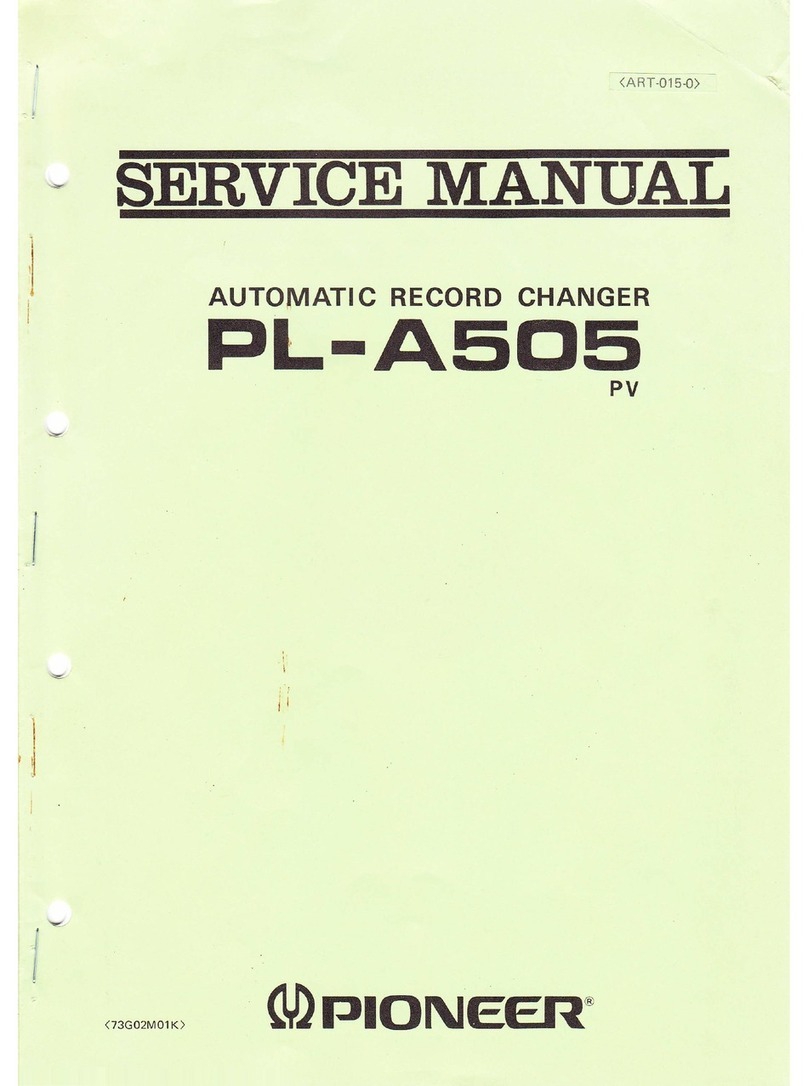
Pioneer
Pioneer PL-A505 User manual

Pioneer
Pioneer PDR-509 User manual

Pioneer
Pioneer PD-R555RW User manual
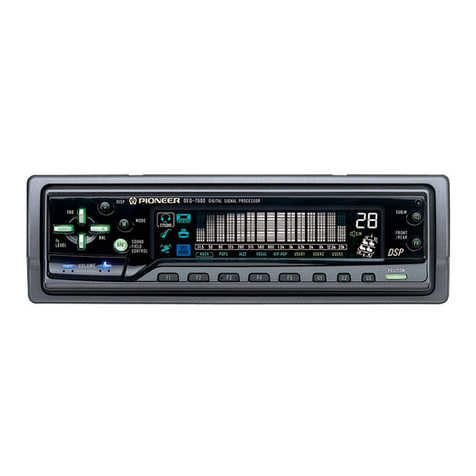
Pioneer
Pioneer DEQ 7600 - Equalizer / Crossover User manual

Pioneer
Pioneer PDR-509 User manual
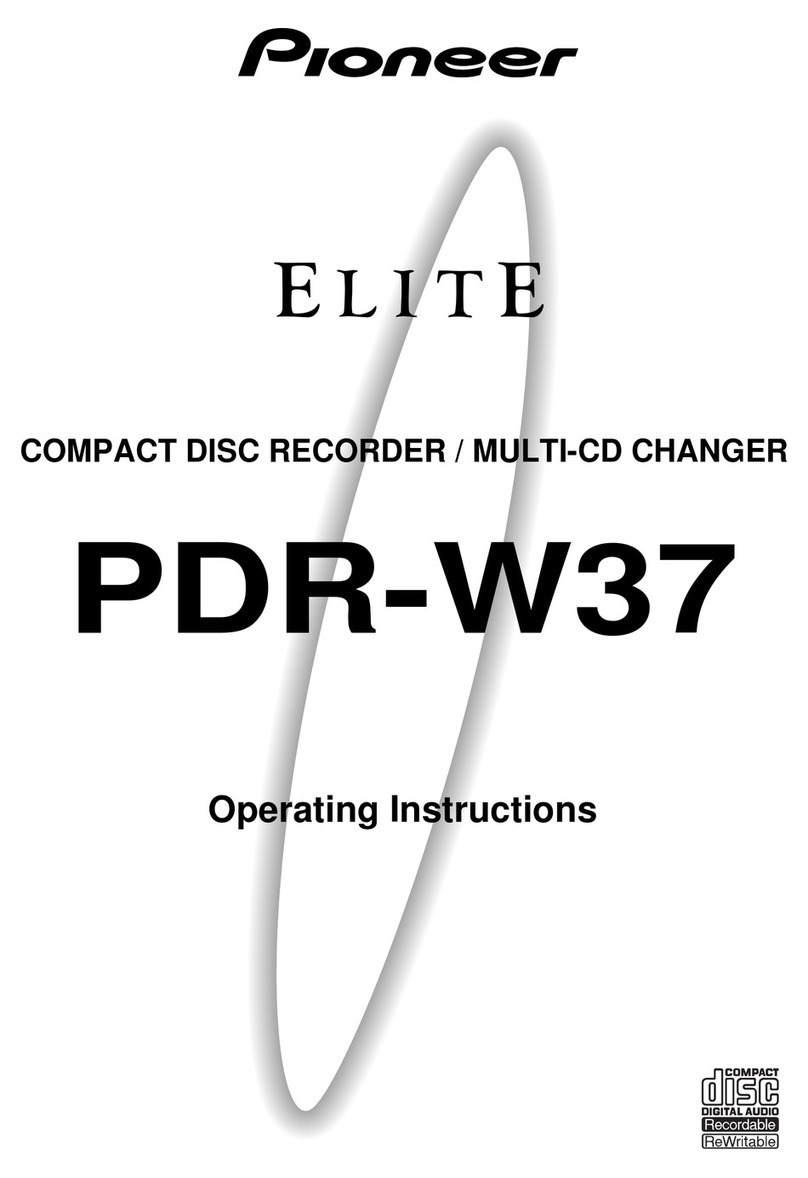
Pioneer
Pioneer PDR-W37 Elite User manual
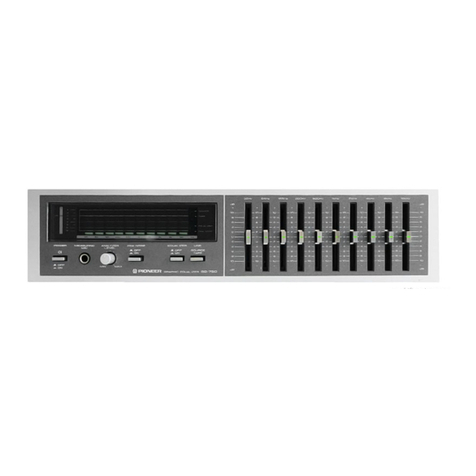
Pioneer
Pioneer SG-750 User manual
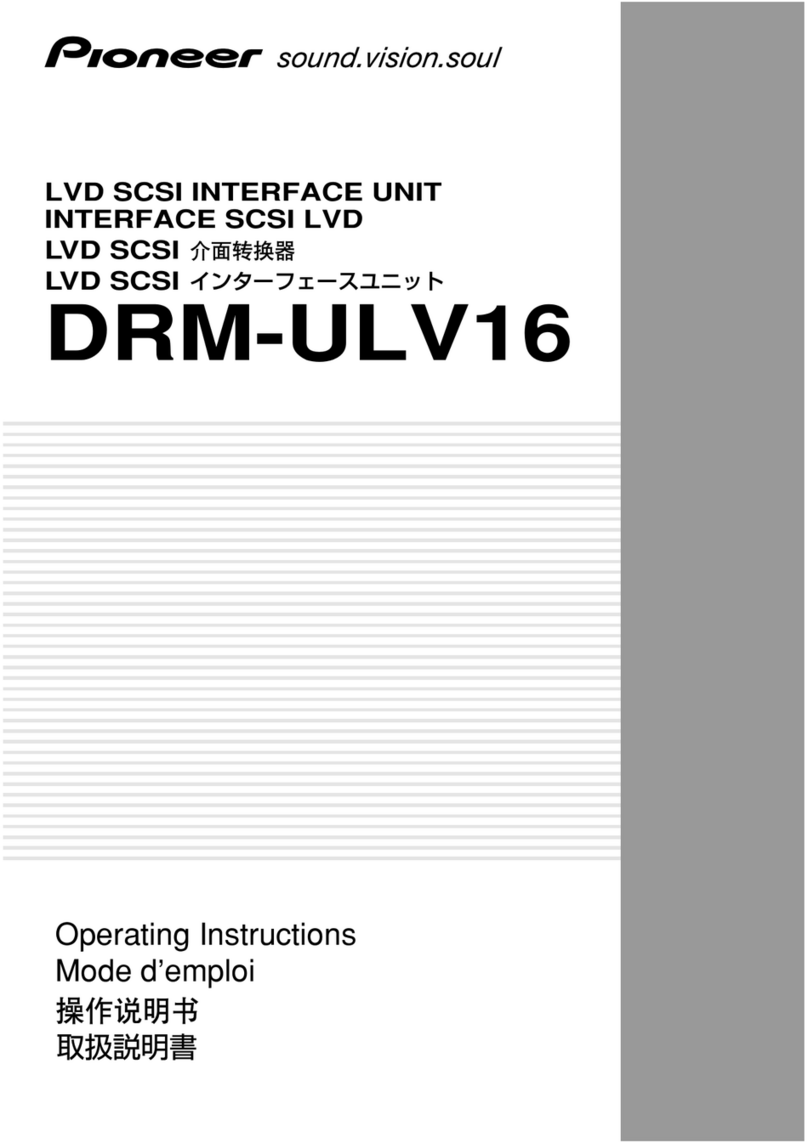
Pioneer
Pioneer DRM-ULV16 User manual

